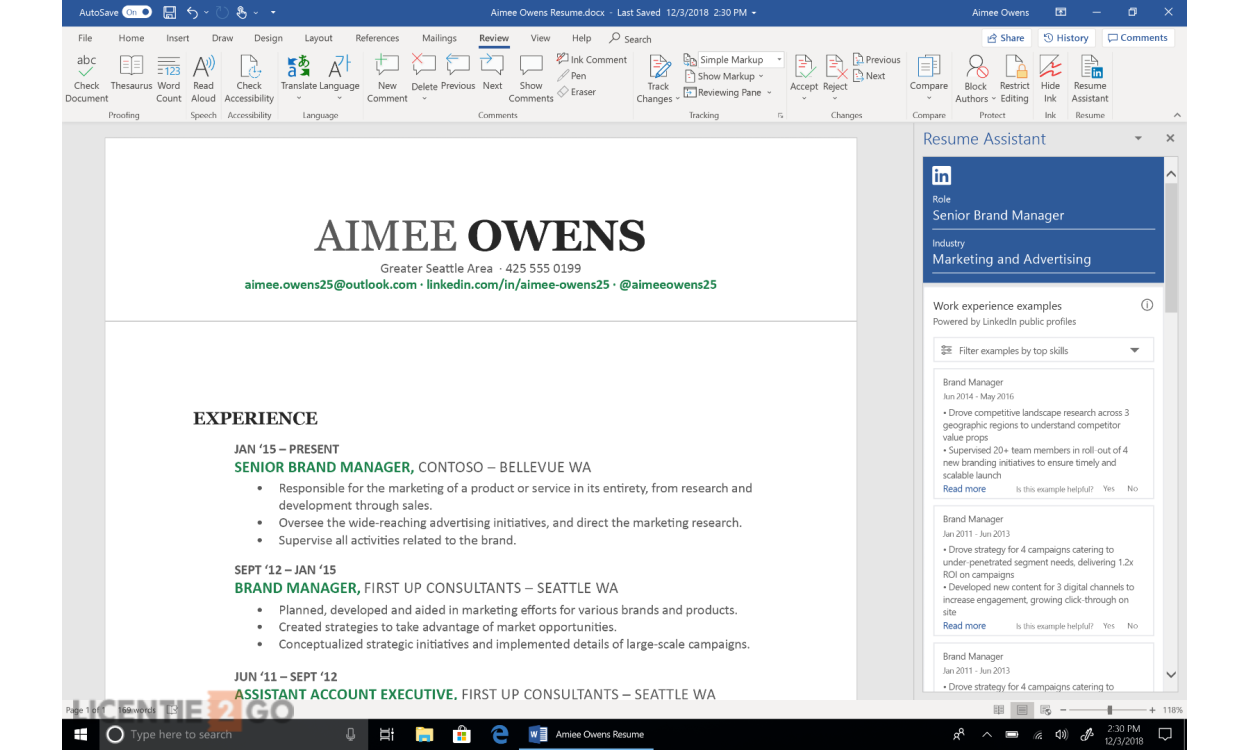
- Microsoft Playready Cache Mac Os
- Microsoft Playready Cache Mac Firefox
- Microsoft Playready Cache Mac Os
- Microsoft Playready Cache Mac Firefox
PlayReady is a media file copy prevention technology from Microsoft that includes encryption, output prevention and digital rights management (DRM). It was announced in February 2007.[1]
Here are 2 ways how to uninstall Silverlight on Mac. You can remove Silverlight manually. For this, open the Finder → go to Library → Application Support → Microsoft and remove the PlayReady and Silverlight folders from there. Background: When issuing Playready DRM licenses, you can specify an expiration time on the license. From what I understand, if the license hasn't expired, the license is stored somewhere on the client and subsequent requests can just use this license instead of making another drm request to. I've been using Teams for a few weeks, but today a problem appeared where the entire chat pane (the main part of the window) is completely blank - no chat history, no chat input box, nothing. I can still see my sidebar to switch between different people, teams, etc, and at the top of the chat pan.
The main differences relative to previous DRM schemes from Microsoft are:
- Some popular features that were already present in other DRM schemes in the market have been added; these include the concept of domain (group of devices belonging to the same user which can share the same licenses), Embedded Licenses (licenses that are embedded in the content files, avoiding a separate step for license acquisition) and envelopes (the ability to DRM arbitrary, potentially non-media content). It is also the protection scheme for IIS Smooth Streaming, Microsoft's adaptive streaming technology.
- It is platform-independent: unlike other Microsoft DRM schemes like Janus, PlayReady can be ported to any kind of portable device, even if it uses non-Microsoft technology (OS, codecs, media player, etc.).
PlayReady competes with other proprietary DRM schemes and even more with DRM-free software, most notably Apple's FairPlay introduced in iTunes and QuickTime. There are several other DRM schemes that are competing to become the dominant DRM technology (e.g. Widevine).
Microsoft released the first version of the PlayReady suite (Porting Kit for devices, PC SDK and runtime, Server SDK) in June 2008. Silverlight 2.0, released in October 2008, supports content restricted with PlayReady. As of Silverlight 4.0, the implementation of Microsoft PlayReady in Silverlight supports offline content (via persisted license), subscription scenarios (via chained licenses) and online, streaming-only content (via simple non-persistent licenses). Output protection support was also added in Silverlight 4.0.
Interoperability[edit]
- PlayReady 2.9 and below is backwards compatible with Windows Media DRM 10 content, meaning that content encrypted with WM DRM 10 (for instance, content for PlaysForSure devices) will play on a PlayReady terminal.
- PlayReady will no longer be compatible with PlayReady 3.0 and above.[clarification needed]
- PlaysForSure compliant devices won't play PlayReady-encrypted content.[clarification needed]
References[edit]

Microsoft Playready Cache Mac Os
External links[edit]
- Microsoft ready to play with PlayReady - The Register, 13 February 2008
Microsoft Playready Cache Mac Firefox
Items from an Exchange account are stored in the Outlook cache. If this cache becomes corrupted, it may cause synchronization problems with the Exchange server. To solve this problem, you can empty this cache so Outlook can download all the items from your Exchange account again.
Microsoft Playready Cache Mac Os
Caution: The following procedure deletes any information that is not synchronized with the Exchange server, including your contacts' mail certificate. Emptying the cache replaces the contents of the folder with the latest items from the Exchange server. Before emptying the cache, you may want to back up your Outlook information.
Make sure your computer is connected to the Exchange server.
In the navigation pane, Ctrl+click or right-click the Exchange folder for which you want to empty the cache, and then click Properties.
On the General tab, click Empty Cache. After the folder is empty, Outlook automatically downloads the items from the Exchange server.



